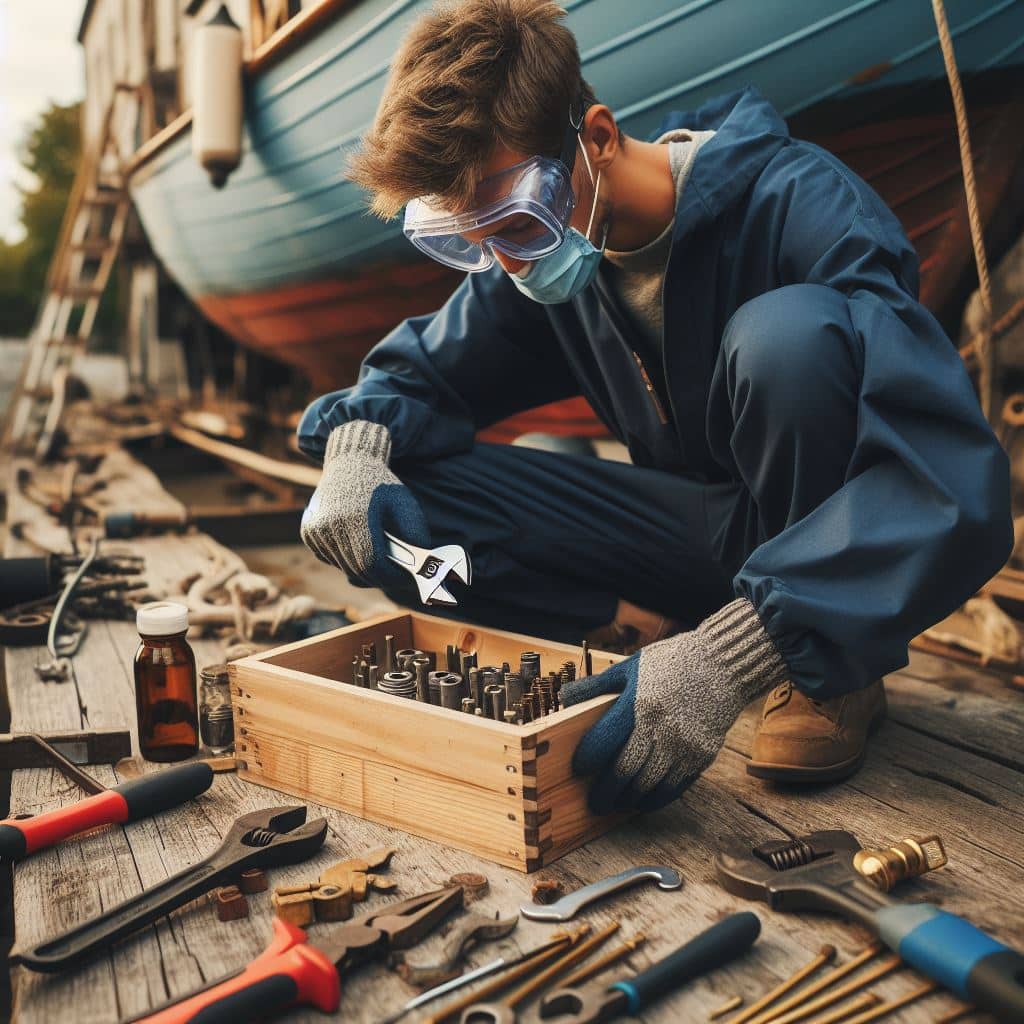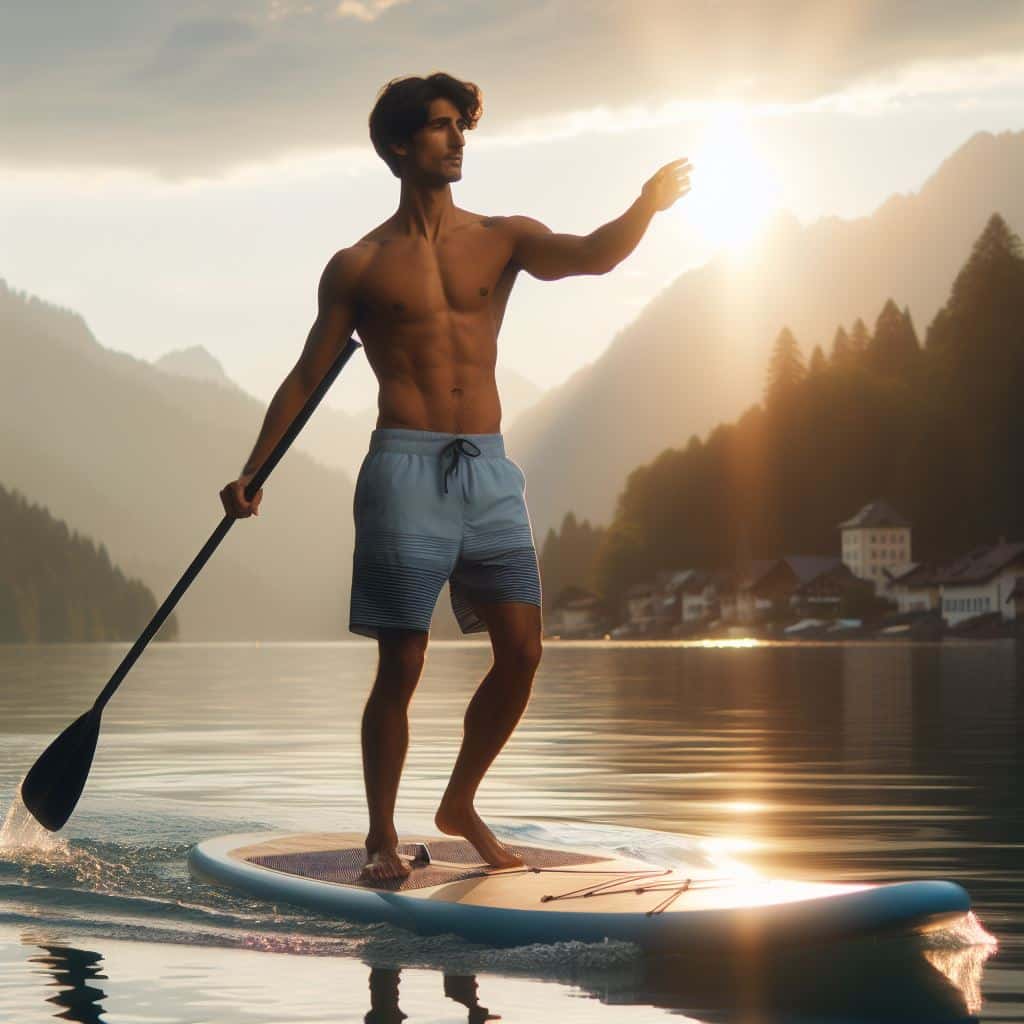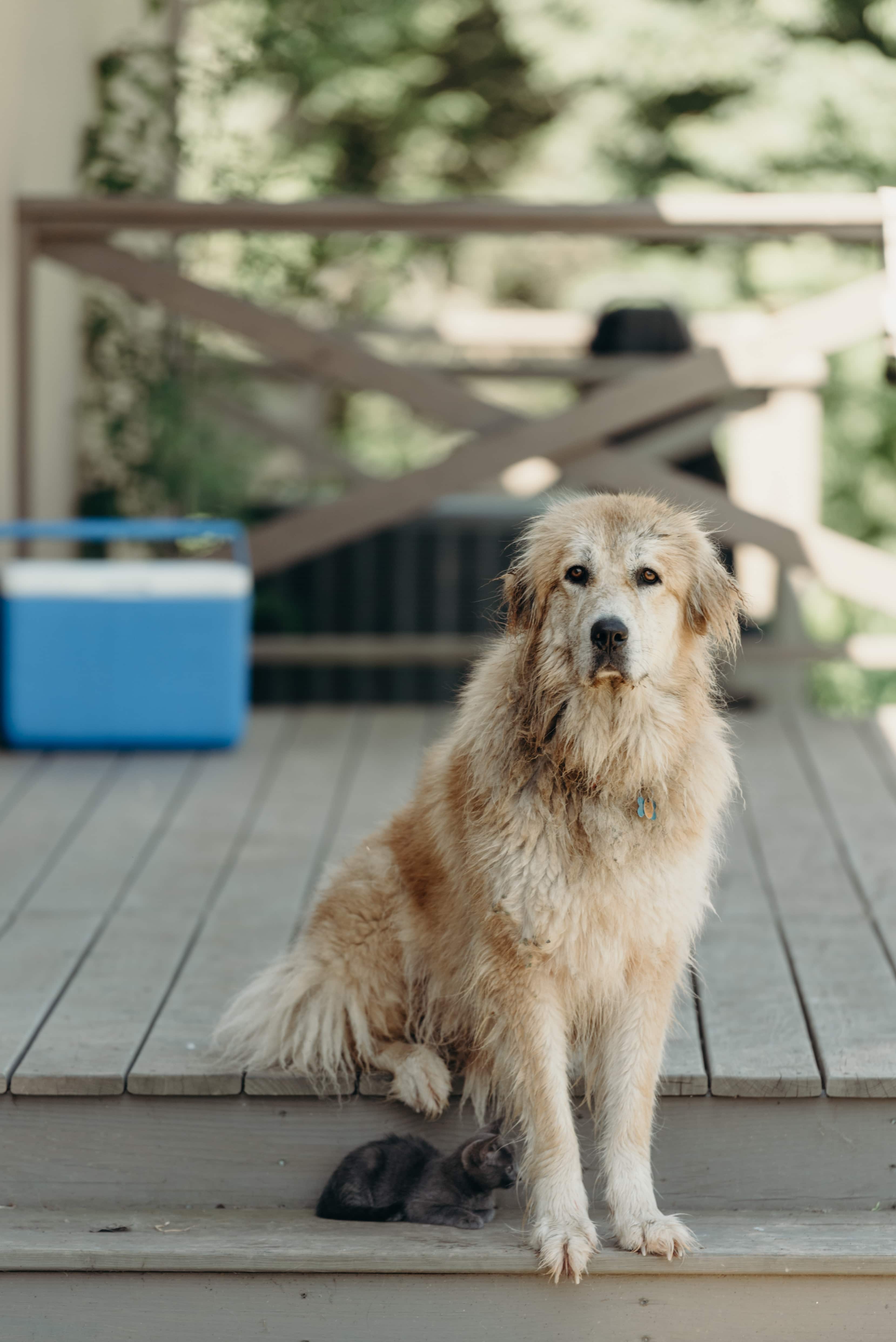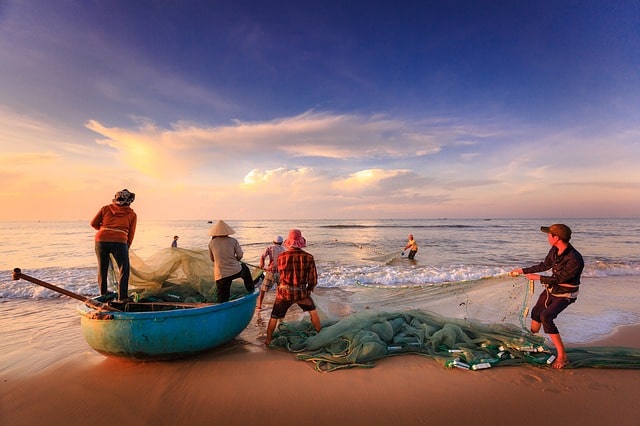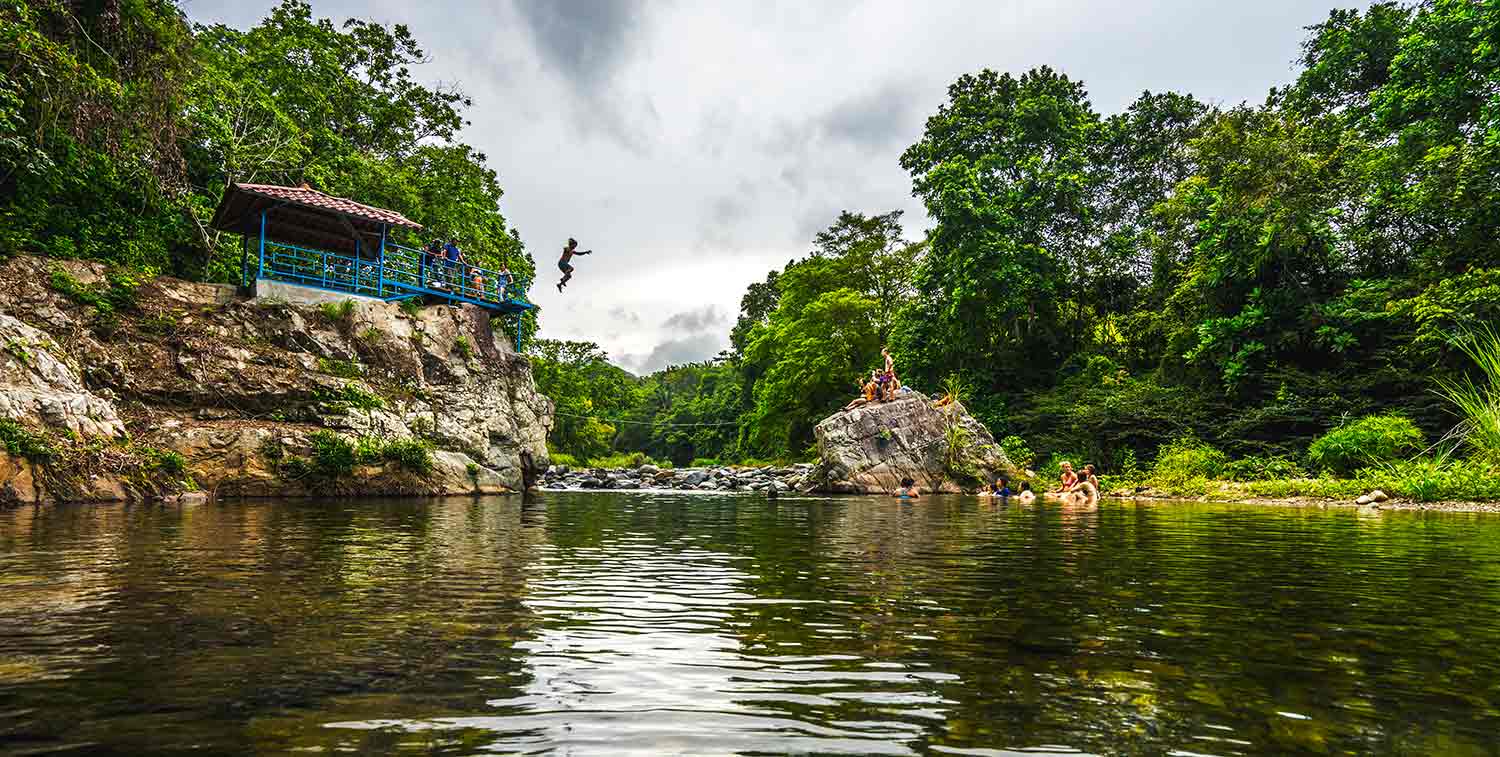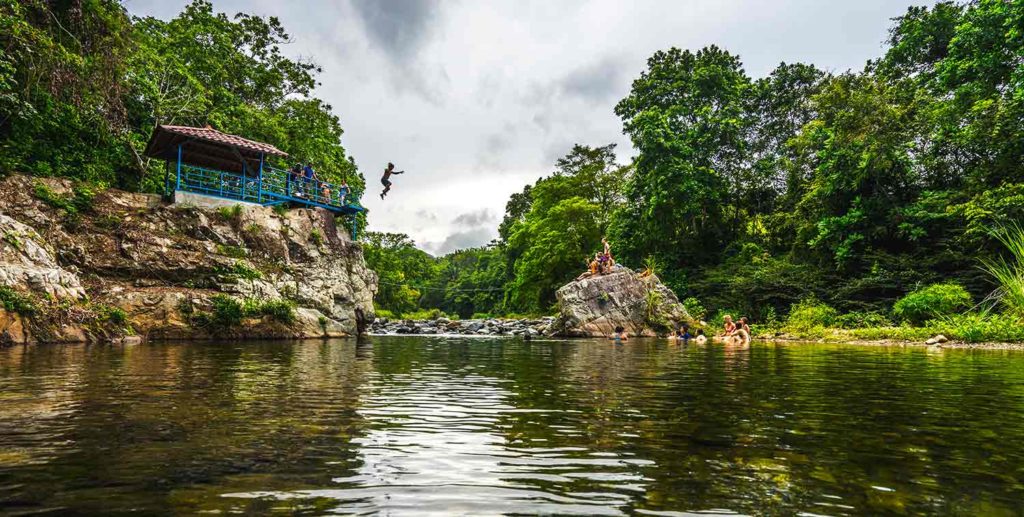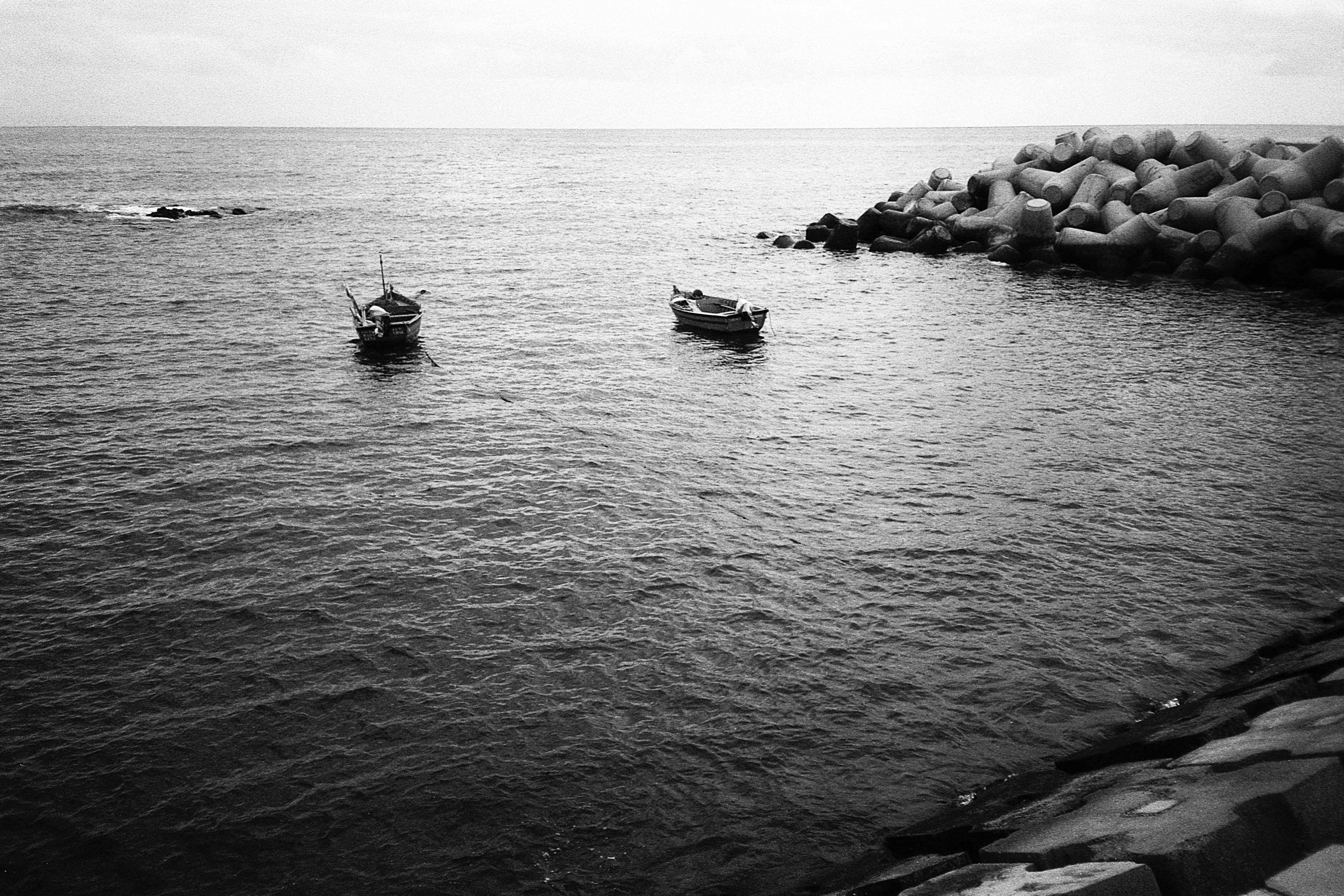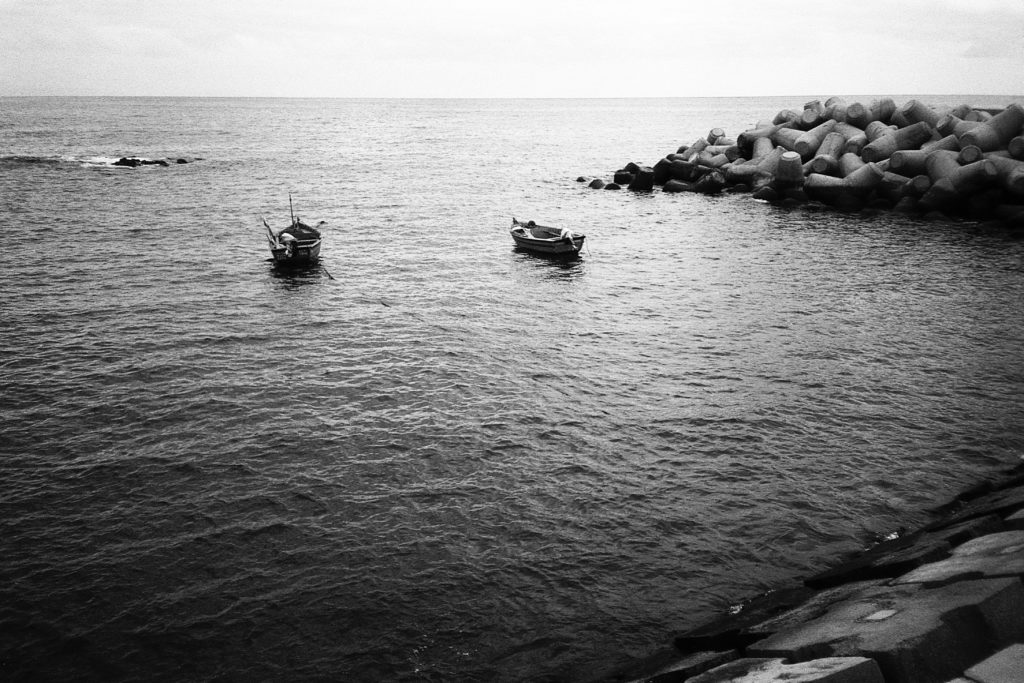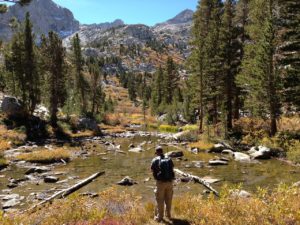Why Choose Replacement Parts Over Repairs for Your Boat
You love getting out on the water, but sometimes your trusty boat feels like it’s showing its age. Maybe the engine is sputtering more often or the upholstery is starting to tear. You’ve considered upgrading to a new boat, but that’s a big investment and your current one still has a lot of life left. The solution? Replacement boat parts. Upgrading key components of your boat can make it feel brand new again at a fraction of the cost. New seats, a tune-up for the engine, a fresh coat of paint – small fixes like these go a long way. Your boat deserves some TLC, and replacement parts are an easy way to get back to enjoying hassle-free days on the lake or sea. Keep your boat in ship shape this season with some strategic upgrades. Your wallet and your crew will thank you.
Top Reasons to Upgrade With New Replacement Boat Parts
Upgrading key components of your boat with replacement parts just makes sense. Here are a few reasons why:
Lower Maintenance
Replacement parts are built to today’s standards using modern materials and technology. They simply last longer and require less maintenance than older parts. You’ll spend less time and money on repairs, tune-ups, and part replacements in the long run.
Improved Performance
New propellers, engines, navigation equipment, and other upgrades can significantly improve your boat’s performance, handling, and efficiency. You’ll get better gas mileage, faster acceleration, tighter turning, and more. Who doesn’t want a faster, smoother ride?
Enhanced Safety
Modern replacement parts also boost safety. New propellers and engines reduce risks of overheating, fires or stalling. Updated navigation, autopilot, and wireless equipment provide more accurate information to avoid collisions or getting lost at sea. For peace of mind, safety upgrades are well worth it.
Higher Resale Value
If you do decide to sell your boat someday, replacement parts will increase its resale value. Buyers will appreciate a well-maintained boat with newer, high-performing parts and will likely offer a higher price. You’ll recover more of your investment, so replacement parts really do pay off in the long run.
Upgrading with replacement parts may cost more upfront, but the benefits to your boating experience and your boat’s value over time make it a smart choice. For the do-it-yourselfer, it’s a chance to learn new skills and take pride in maximizing your boat’s potential. When it comes to your boat, only the best replacement parts will do!
Upgrading your boat with new replacement parts has so many benefits.
Cost Savings
Replacing old, failing parts now can help avoid expensive repairs down the road. Things like a new bilge pump, fuel filter, or battery can give you peace of mind and help your boat run more efficiently.
Increased Safety
Nothing is more important than the safety of you and your passengers. Replacing aging life jackets, fire extinguishers, anchors, and other critical gear gives you confidence in emergency situations. New non-skid deck surfaces prevent slipping to avoid falls, while redesigned railings and grab bars provide extra security.
Higher Resale Value
If you ever want to sell or trade in your boat, upgrading key components will make it much more appealing and valuable to potential buyers. They’ll appreciate a well-maintained boat with high-quality, reliable parts ready for adventure on the open water.
Upgrading your boat parts pays dividends both now and down the road. For savings, performance, safety and resale value, replacement parts are an investment that’s well worth the cost. Your boat and all who sail in her will be glad you did.
